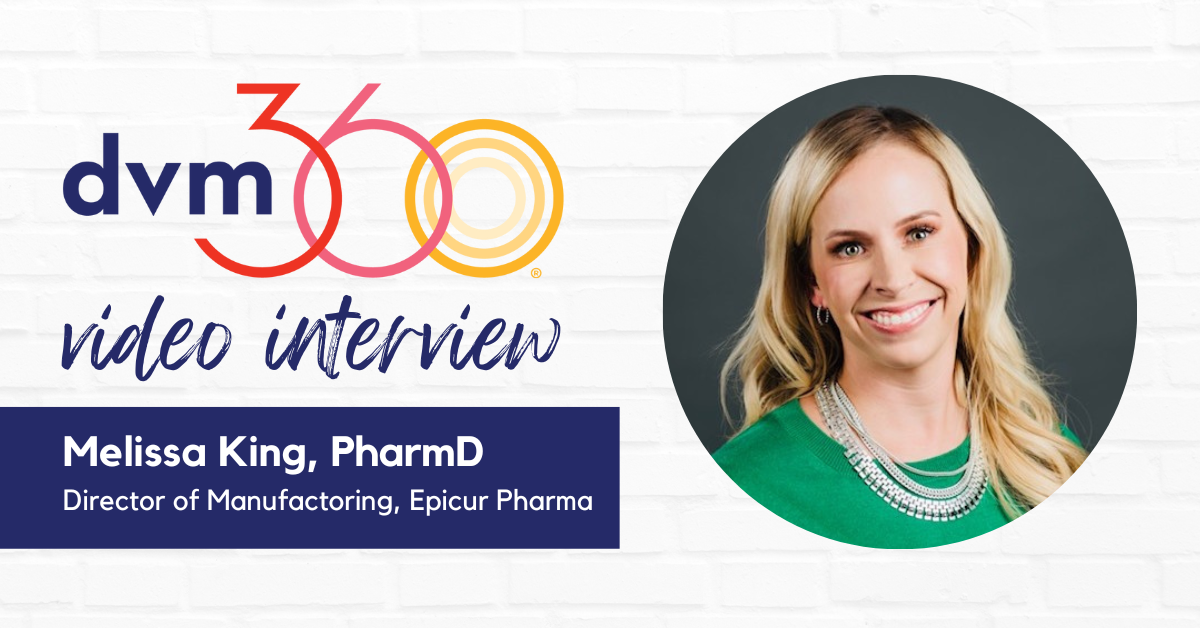8 veterinary practice financial myths busted
No-lo practices don't work. Vaccines don't matter. Here's why none of that is true.
The rules which experience suggests are better than those which theorists elaborate in their libraries. — Richard Slater Storrs
Most industries rely on analysts to look at data and create theories about how to succeed. Our veterinary industry is no different. But experience has taught me that these eight "best practices" are no more than widely accepted myths:

Don't bank on it: There are dozens of ironclad practice management rules - some of which aren't so ironclad.
Myth 1: Cutting the employee/veterinarian ratio saves money.
The standard 3.5-to-1 ratio is a mythical rule, as is the theory that cutting the ratio improves profits. In reality, you can employ eight employees per veterinarian — maybe 12?— and produce even better results.
Cutting support staff labor to less than 15 percent of gross expenses works only in some situations, like the no-value/low-value (no-lo) practices. Practices receive $1.2 million a year in services per veterinarian when the employee-to-veterinarian ratio is 12-to-1, and this is a realistic goal.
Fewer support staff guarantees that the veterinarian spends part of the day as a "technician." Veterinarians working as technicians earn only as much as technicians.
Myth 2: Expense analysis reigns supreme.
We're told that expense analysis is the key component to understanding our practices, but income is more important. Track your sources of revenue: What's driving the income? Which services can be expanded? How can you expand them?
Spend some time on income analysis and you'll wind up providing better service and watching revenue climb.
Myth 3: Goods are the only variable expense.
Generic accounting templates record variable expenses as the cost of goods alone. But considering the correlation between support staff and the production of income, our variable expenses must include the cost of labor as well. Understanding this issue is important, because we use the measure of variable expenses to set fees and make capitalization decisions.
We can set fees by dividing variable expenses by the percentage budgeted for the expenses. For example, $3.50 of actual variable expenses divided by a 35 percent budget number gives a fee of $10. (In this example, 35 percent accounts for the variable cost of goods and support labor.)
We can also use variable expenses to calculate the break-even point (BEP) for any new expense. For a piece of equipment that costs $10,000, using the same 35 percent variable expenses budget, the BEP calculation would be $10,000 ÷ (1–0.35) = $15,385. This means you would need to generate $15,385 in revenue to "break even" on the cost of the equipment. Amortizing that BEP over a year changes the "cost" of the equipment from $833 per month to $1,282 per month — quite a difference!
Myth 4: In-house labs are essential.
In-house chemistry systems are all the rage and are wonderful for emergency clinics. In typical practice, though, an over-reliance on in-house labs causes the diagnostic ratio to fall.
The diagnostic ratio compares the income generated from laboratory, radiology, ultrasound and endoscopy to gross veterinary revenue. The typical small animal practice should seek a diagnostic ratio of 5-to-1.
In-house labs cannot support all diagnoses, and a key driver of additional revenue for most practices is testing from outside labs.
Balance in-house to outside lab incomes by a ratio of 6-to-4.
Myth 5: Your ACT is the best indicator of practice health.
Veterinarians talk about their average client transaction (ACT) number, but focusing on the ACT can undermine a clear understanding of what's really happening. For example, when you're focused on driving up your ACT, follow-up visits — which are essential to quality medicine — are less of a priority because they tend to drive down the ACT.
A better indicator of practice health is annual services per pet (ASPP). The ACT is subject to short-term considerations, while the ASPP tracks the total healthcare services provided per animal per year. Improved follow-up care drives up the ASPP, while the ACT stays the same or falls.
Start tracking your ASPP.
Myth 6: New clients grow your practice fastest.
Yes, new clients are important, but the big growth comes from your current clients.
The best way to grow is to provide new and improved services. You can do this by applying more of your budget to staff and veterinary education. We used to be happy with 10 percent growth from our current client base. With the economy today, and with veterinary medicine "maturing," the new standard is 5 percent to 10 percent growth from the current client base.
What services will you nurture and expand to ensure practice growth?
Myth 7: More advertising creates more growth.
Every advertising dollar should generate at least three times its cost in new business. A practice spending 5 percent of its budget on advertising should grow by 15 percent per year. That's usually unrealistic.
Exceptions exist. For emergency medicine practices, high advertising costs are a part of doing business. The rest of us need to track our advertising to keep it under control.
Myth 8: No-lo practices are bad.
This isn't true! No-lo practices just follow a different business model than corporate practices. The reality is, the more corporate practices thrive, the greater the need will be for the noncorporate practice model. In veterinary medicine, as in human medicine, this is part of the rule of opposites.
It works like this: From each dollar taken into a typical no-lo practice, 55 percent goes to goods, labor, expenses, and facilities. The veterinarian takes the remaining 45 percent.
In a high-rolling corporate practice, the expenses typically run at 90 percent of revenue, leaving a 10 percent profit to shareholders. That's a good return for a retail store, but not for a veterinary services corporation that needs to justify investment and secure funds for development.
The no-lo practitioner needs to generate $300,000 to take home $135,000. The corporate practitioner who's not a partner is an employee of the corporation and must gross $540,000 for the same take-home pay.
Treating a practice as an investment is only one business model. The no-lo practice operates under a different model, one in which you "purchase" your job like a franchiser. Each model has its pros and cons.
To balance the issue of investment disparity between no-lo and corporate practitioners, the no-lo practitioner can set aside 10 percent of annual income in an investment portfolio to create a nice nest egg.
Watch for another article later this year about even more practice-management myths.
Dr. Riegger, dipl. ABVP, is chief medical officer at Northwest Animal Clinic Hospital and Specialty Practice in Albuquerque, N.M. Call him at (505) 898-0407, or e-mail him at Riegger@aol.com.










